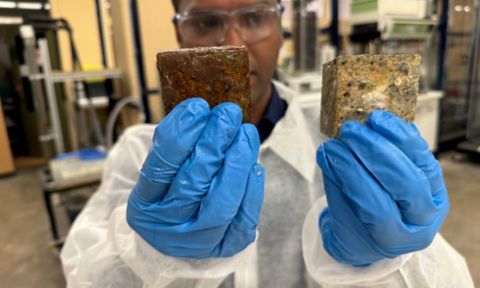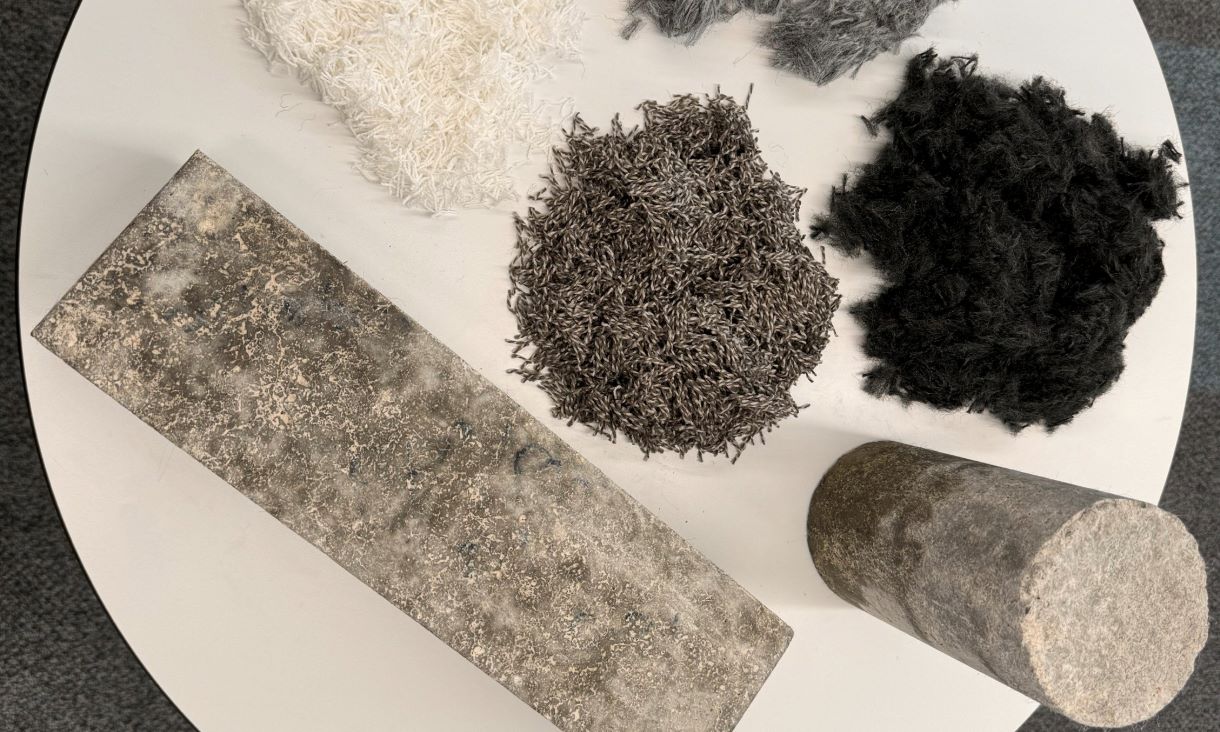Enabling circular economy practices in sustainable metal production
Researchers in the DIAMETER project will develop digital platforms focused on augmented sustainability and circularity of additive manufacturing and machining processes.
Anti-fatberg invention could help unclog city sewers
Engineers from RMIT University have invented a protective coating for concrete pipes that could help drastically reduce the formation of fatbergs in sewers.
RMIT and Universidad Politécnica de Madrid (UPM) announce dual degree partnership for civil engineering students
A new strategic collaboration with UPM will allow students to enrich their academic experience in an international environment.
Carpet fibres stop concrete cracking
Engineers in Australia have found a way to make stronger and crack-resistant concrete with scrap carpet fibres, rolling out the red carpet for sustainability in the construction sector.





